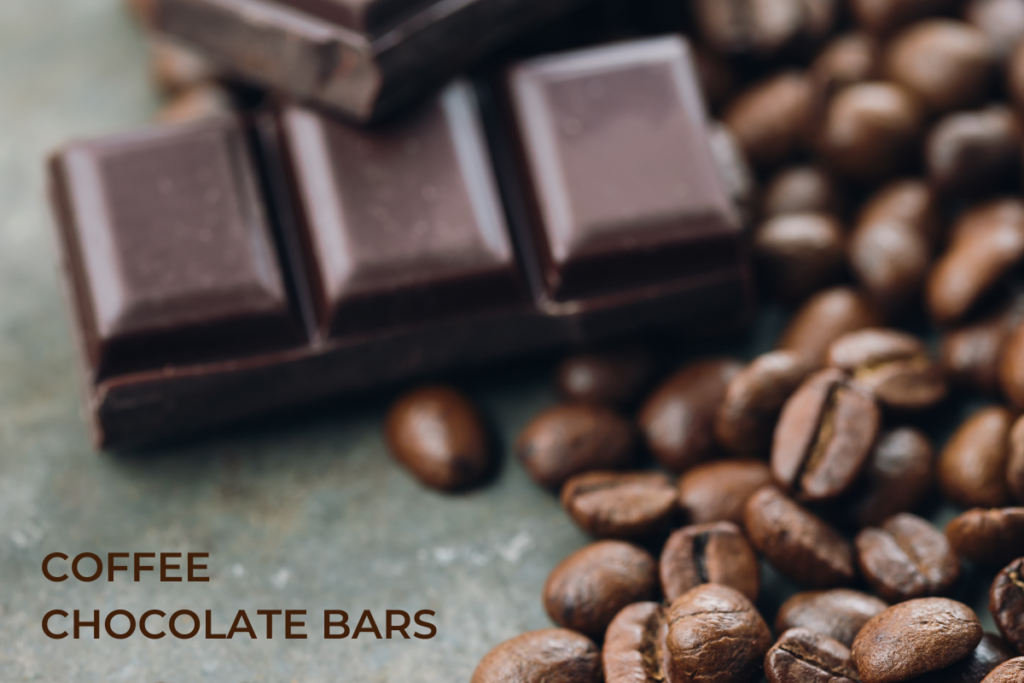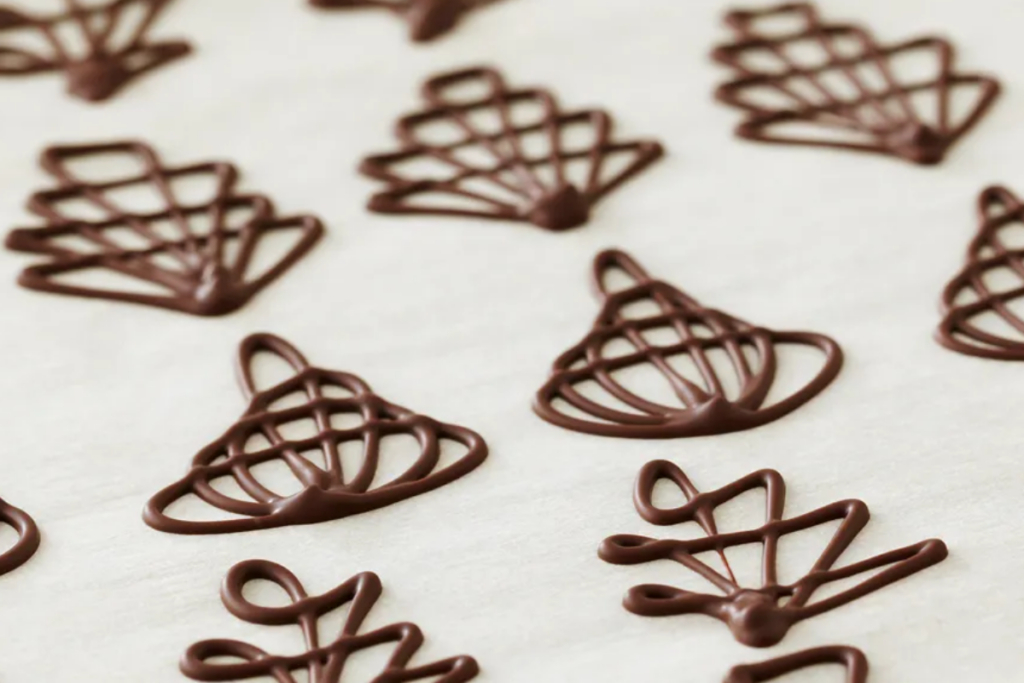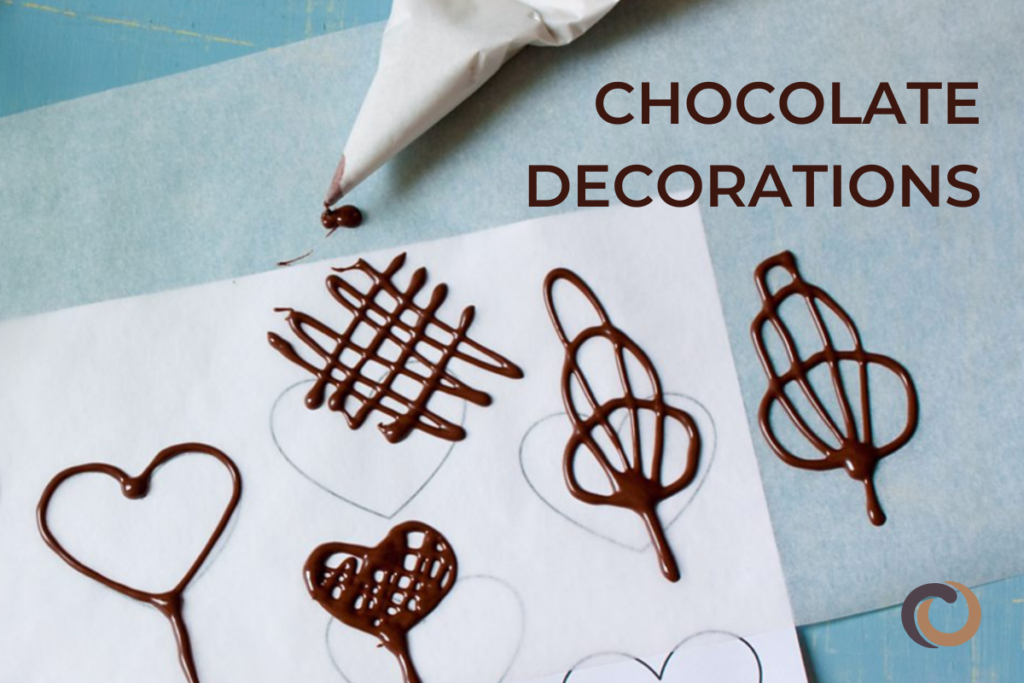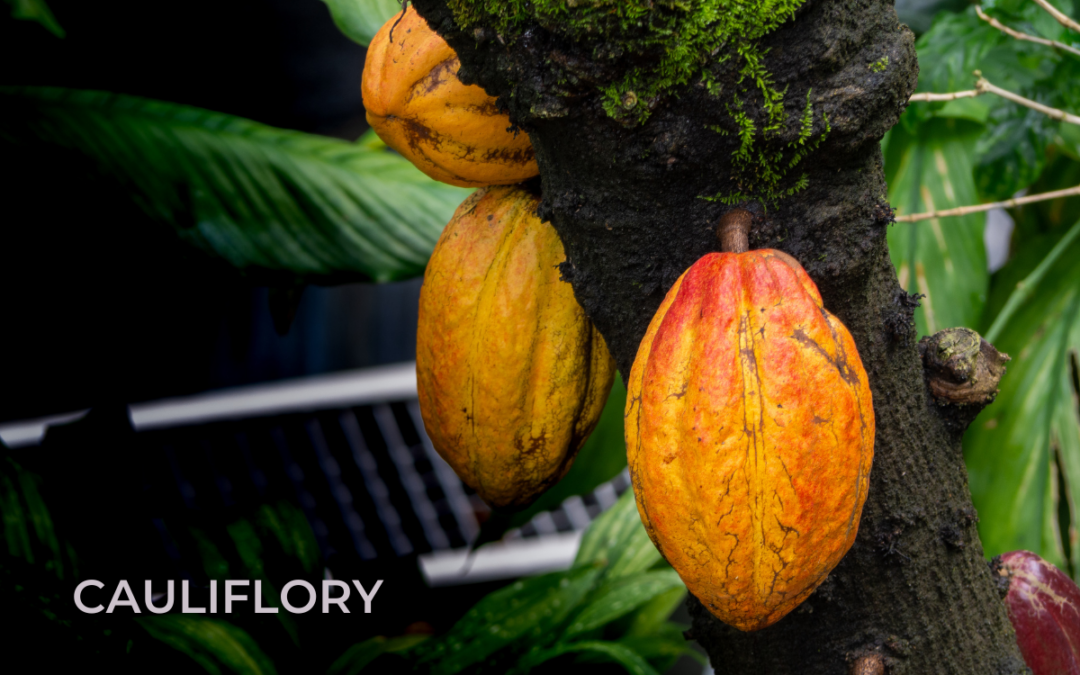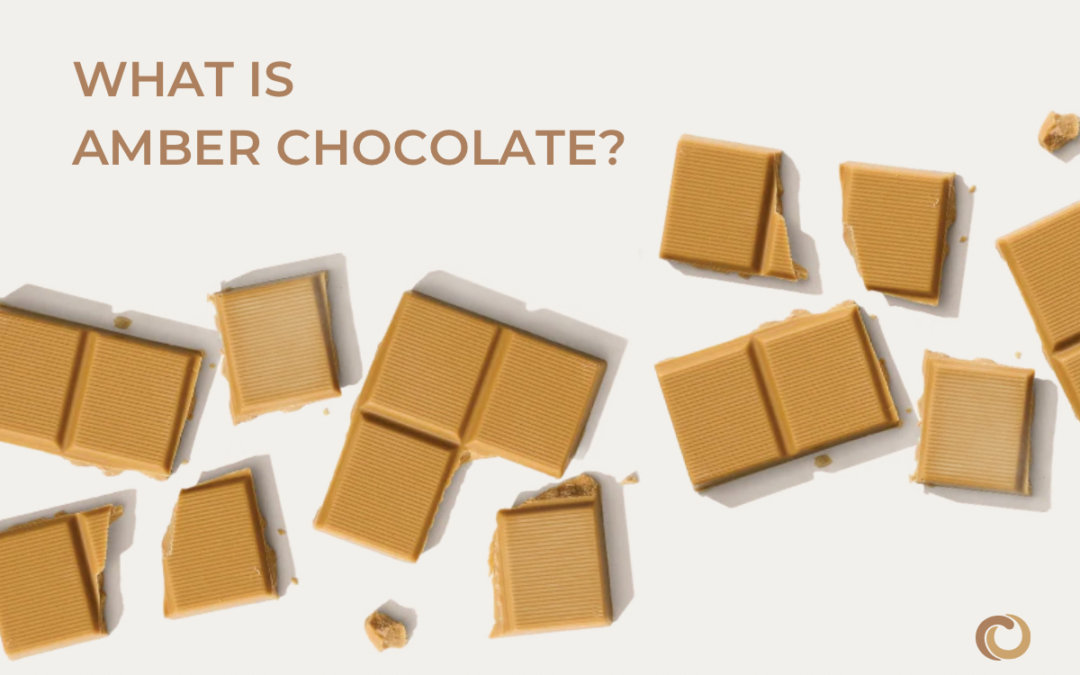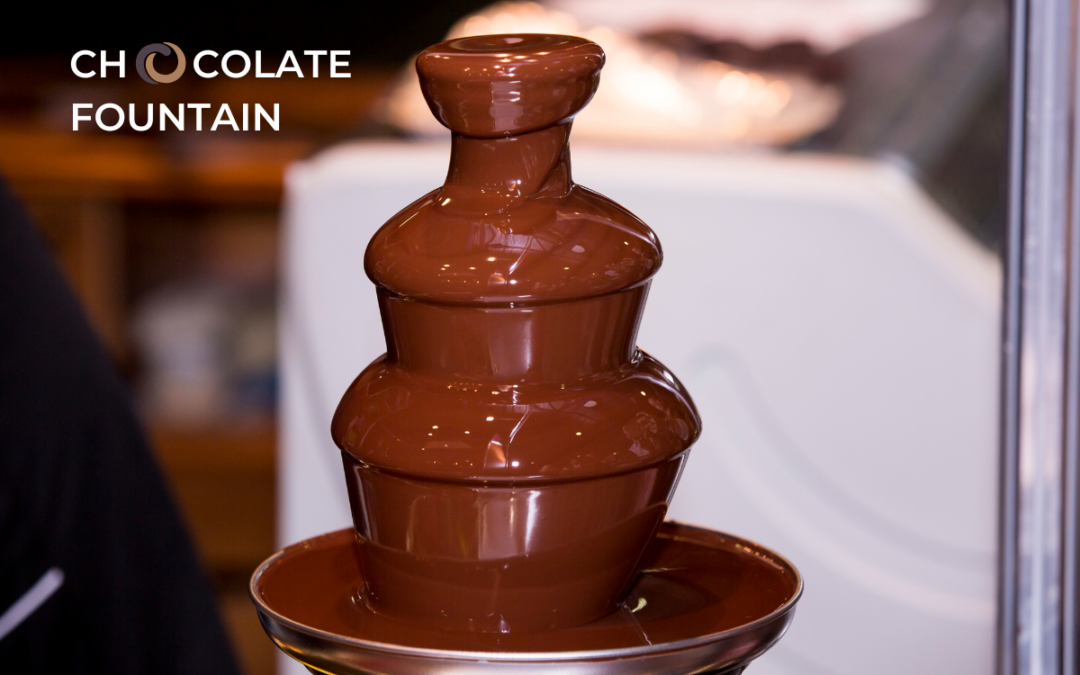Have you ever found yourself hypnotized by the amazing aroma of chocolate? Well, take a deep breath, because we’re about to find out the sweet science behind why chocolate smells oh-so-good! Get ready for a deliciously fun journey filled with fascinating facts and mouth-watering… smells!
Why does chocolate smell so good?
At a high level, chocolate smells “good” because it activates the part of our brain that makes us feel happy and satisfied. It contains compounds like phenylethylamine that trigger the release of endorphins in our brains, boosting our mood.
When cocoa beans are roasted, these compounds are released, making the smell even stronger. At the same time, roasting caramelizes the sugars in chocolate, giving it a warm and inviting fragrance. Lastly, our personal memories associated with chocolate contribute to its pleasant aroma, reminding us of happy and comforting times.
In short, the mix of chemical compounds, roasting, and emotional connections make chocolate smell really good!
Introduction to chocolate aromas
There are key aromatic compounds in chocolate that contribute to its rich and enticing scent, making it irresistible to chocolate lovers around the world. These compounds include:
- Phenylethylamine: Known as the “love chemical,” phenylethylamine triggers the release of endorphins in the brain, creating feelings of happiness and well-being. It contributes to the euphoric experience associated with chocolate consumption.
- Butanedione: A byproduct of the fermentation process, this compound imparts a buttery aroma to chocolate, enhancing its creamy and indulgent qualities.
- Hexanal: Hexanal is responsible for the fresh, grassy scent often found in high-quality cocoa beans. It adds a subtle earthiness to the overall chocolate aroma.
- Benzaldehyde: Benzaldehyde contributes to the nutty and almond-like aroma characteristic of some chocolate varieties.
- Acetic Acid: This compound, produced during the fermentation process, provides chocolate with a slight vinegar-like aroma, adding complexity to its overall scent profile.
- Vanillin: Vanillin or natural vanilla is often added to chocolate as a flavoring agent used to enhance its taste and aroma. Whether natural or artificial, vanillin has a significant impact on the overall smell and flavor profile when added to chocolate.
Types of chocolate and their distinctive scents
Dark Chocolate: Dark chocolate has a strong, deep aroma with rich cocoa notes, along with hints of earthiness, roasted coffee, and dried fruit. The scent of dark chocolate may differ based on factors like cocoa content, bean origin, and roasting method.
Milk Chocolate: Milk chocolate has a sweeter and creamier aroma than dark chocolate, featuring distinct notes of caramel, vanilla, and dairy. Its scent is typically gentler and more soothing, evoking a sense of comfort and nostalgia.
White Chocolate: White chocolate offers a unique aroma that is sweet, creamy, and buttery, highlighted by prominent notes of vanilla and caramel. Compared to dark and milk chocolate, its scent is lighter and more delicate, carrying a luxurious and indulgent dairy quality. Since there are no cocoa solids in white chocolate, it won’t have the fudgy scents expressed by other chocolates.
How do additives and flavors enhance chocolate scents?
Additives and flavoring can play a big role in making chocolate smell amazing. Chocolate combined with fruits, nuts, spices, or herbs, can develop a distinct and intricate scent profile. For instance, chocolate infused with orange may exude a citrusy and zesty aroma, while almonds in chocolate might carry a nutty and toasty scent. The fragrance of flavored chocolate can vary significantly based on the added ingredients and their ratios.
Natural flavorings, like spices and herbs, can be added to accentuate particular scent profiles in the chocolate. For example, cinnamon can give chocolate a cozy, relaxing smell. Artificial flavors are also used, like mint or raspberry, to add variety. Other ingredients, like emulsifiers, help make the texture smoother, which releases the scent better. Sweeteners like sugar and honey not only make it sweet but also add to the smell profile.
Roasting sugar during the chocolate-making process adds a caramel-like aroma. Alternative sweeteners, like stevia or erythritol, can bring their own special smells too. By mixing and matching these ingredients, chocolate makers and chocolatiers can create all sorts of yummy-smelling chocolates to please everyone’s tastes, from classic milk chocolate with hints of nuts to bold dark chocolate with spices.
How aroma influences taste perception
Aroma plays a big role in how we taste food. When we eat or drink, the smells combine in our brains with the tastes we perceive on our tongue, making up the complete flavor profile that we perceive. A good smell can make flavors stronger, like when spices add extra depth to a meal. Smells can also remind us of past experiences, sometimes referred to as “chocolate memory,” and make us recall certain emotions. Smells also work together with our other senses, like how something feels in our mouth or how it looks, to make food even better (or worse!). So, aroma is very important for making food taste great, bringing back fond memories, and making the process of eating a complete experience.
The psychological effects of chocolate’s aroma
The smell of chocolate can affect us in many ways. It can make us happier and more relaxed because of specific chemicals it contains, like phenylethylamine, which can release “feel-good” hormones in our brains. Also, chocolate’s smell can help reduce stress and anxiety by making our brains produce serotonin, which calms us down. Smelling chocolate might also make us desire it more, activating parts of our brain associated with pleasure and making us crave a chocolatey indulgence. Plus, chocolate can bring back fond memories. Some studies have also shown that chocolate can help our brains work better and remember things more clearly. You can read more on the health benefits of dark chocolate. Overall, the smell of chocolate can have a big impact on how we feel, think, and eat.
How to evaluate chocolate aroma
To evaluate chocolate aroma, start by choosing a high-quality piece of chocolate. Snap it in half to expose some of the aromatic compounds and then cup it in your hands to warm it gently to release the aromas. Then, take a deep breath and inhale the smell of the chocolate. Notice any sweetness, fruitiness, floral notes, nuttiness, or earthy tones (chocolate has a full array of natural flavors depending on the cacao varietal and the origin). Try to pinpoint specific aromas like dark fruits, vanilla, or caramel. Consider the strength of the aroma – is it strong or subtle? Also, think about the complexity of the scent, with different layers that change as you smell it. A complex aroma often indicates a diverse flavor profile. Watch out for any strange or unpleasant smells, which could suggest poor quality (moldy or rotten). Quality chocolate should have a clean, appealing scent. You can also compare the aromas of different chocolates to see how they differ. With practice, you’ll become better at evaluating chocolate aroma, allowing you to appreciate the unique qualities of each chocolate you try. And now that you are done smelling your chocolate, you can eat it!
For more great articles and recipes, check out the rest of our CocoTerra blog.
If you have any questions or comments, feel free to contact us through our social media channels. We are @cocoterra_co on Instagram and Pinterest and @cocoterraco on X (aka Twitter) and Facebook.



